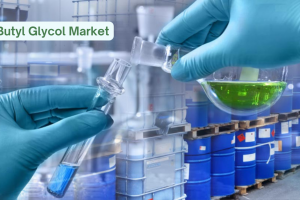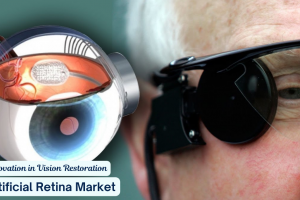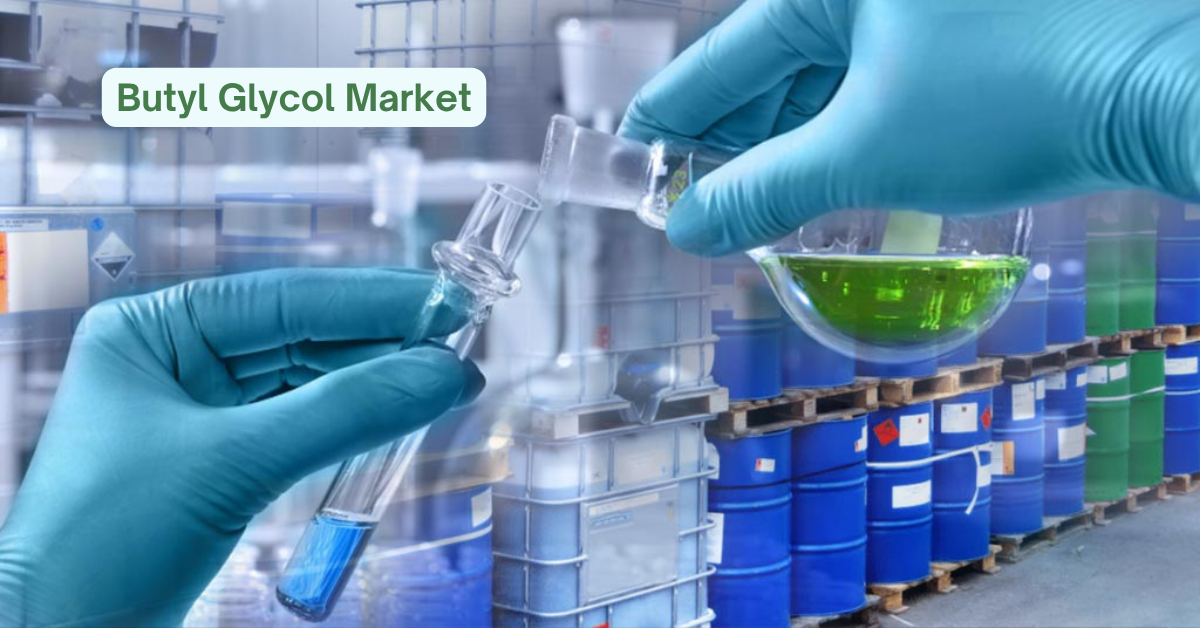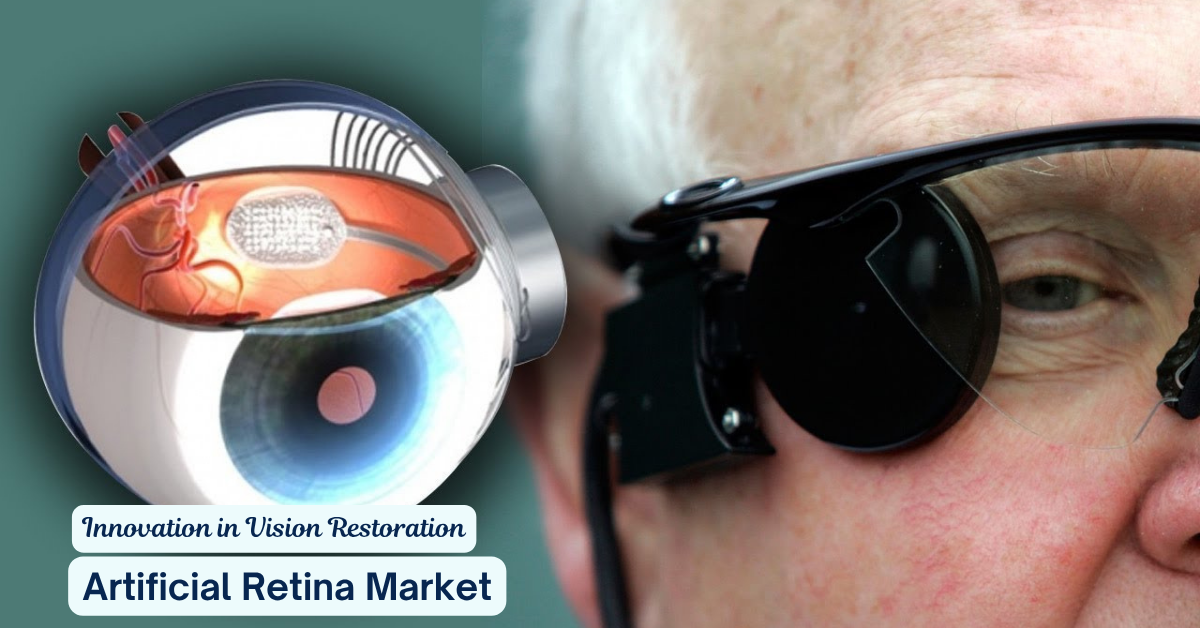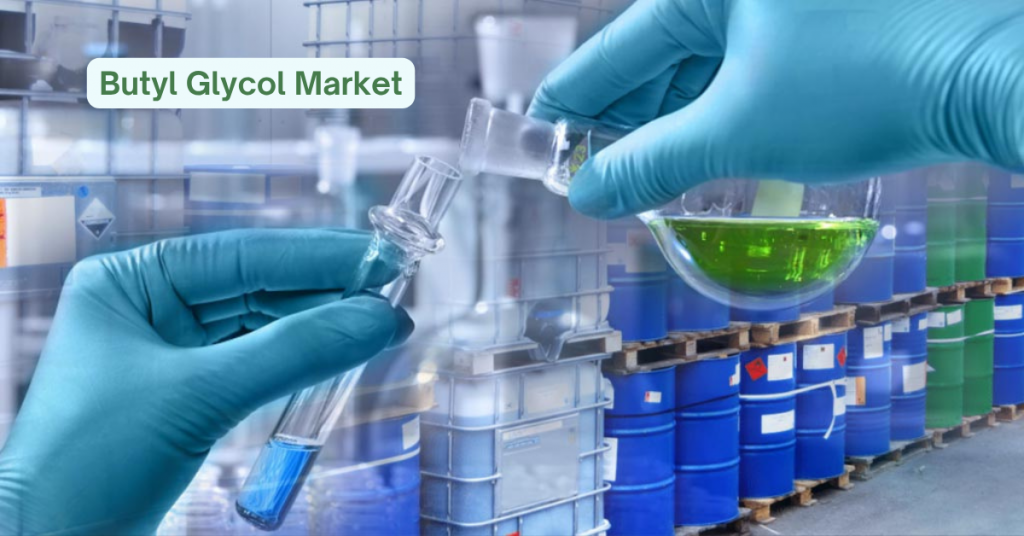
Market Overview
The Butyl Glycol market continues to exhibit remarkable growth potential due to its diverse industrial applications and increasing demand for eco-friendly chemicals. The Butyl Glycol market size was valued at USD 678.94 million in 2018, grew to USD 962.60 million in 2024, and is projected to reach USD 1,511.11 million by 2032, expanding at a CAGR of 5.40% during the forecast period. This upward trend highlights its growing role as a versatile solvent, coalescing aid, and chemical intermediate in key industries.
The chemical’s adaptability makes it indispensable in applications such as paints, coatings, cleaning agents, and printing inks. As industries worldwide adopt more sustainable and performance-driven solutions, Butyl Glycol is increasingly favored for its low toxicity, effective solvency, and compatibility with water-based formulations. Its relevance is particularly significant in industrial cleaning and paints, where stringent environmental regulations are promoting the use of low-VOC solvents.
Emerging economies are becoming important contributors to market expansion as rapid urbanization and industrial growth create a strong demand for construction materials, automotive manufacturing, and advanced cleaning solutions. Furthermore, increased consumer preference for premium and environment-friendly products is driving industries to shift towards safer solvents like Butyl Glycol. With continuous innovations and regulatory support for sustainable chemicals, the market is expected to maintain its growth trajectory globally, creating lucrative opportunities for manufacturers.
Read full report: https://www.credenceresearch.com/report/butyl-glycol-market
Market Drivers
Growing Infrastructure and Construction Activities
The accelerating pace of construction across residential, commercial, and industrial sectors is a major growth catalyst for the Butyl Glycol market. Its role in water-based paints and coatings, which are widely used for decorative and protective purposes, makes it a critical chemical in the construction value chain. Increasing investment in real estate projects and government-backed infrastructure developments worldwide are fueling the demand for high-quality coatings, directly boosting Butyl Glycol consumption. Renovation activities in mature markets are also contributing to stable demand. The chemical’s effectiveness in improving paint adhesion and durability further supports its increasing application in construction projects.
Increasing Use in Industrial and Institutional Cleaning
The global emphasis on hygiene and sanitation, especially in industrial and institutional environments, is strengthening the use of Butyl Glycol-based cleaning agents. It is a preferred solvent for its effective grease-cutting and dirt-removal properties, making it ideal for manufacturing, food processing, and healthcare facilities. Rising health and safety regulations in industries are compelling manufacturers to use less toxic and eco-friendly cleaning formulations. Expansion of automotive service centers and heavy machinery maintenance facilities has further accelerated its demand. Additionally, its compatibility with multiple detergent systems increases its adaptability across industries, making it a reliable choice for industrial cleaning applications.
Rising Adoption in Printing and Packaging Industry
The printing and packaging industry is witnessing robust growth due to increasing e-commerce activities and rising demand for attractive packaging. Butyl Glycol is widely used as a solvent in printing inks because of its excellent drying characteristics and color stability. The growth of flexible packaging in the food, beverages, and pharmaceutical industries is significantly contributing to the market. Additionally, the adoption of digital and high-speed printing technologies requires solvents with superior performance, further supporting Butyl Glycol usage. Its application in packaging that requires quick-drying inks with strong adhesion makes it an integral part of modern printing processes.
Shift Towards Green Chemistry and Low-Emission Solutions
The global shift toward sustainability and environmental compliance is creating favorable conditions for the Butyl Glycol market. Its low VOC content, biodegradability, and compatibility with water-based systems make it a preferred choice for industries seeking to align with green chemistry principles. Governments in developed regions are implementing strict emission norms, encouraging manufacturers to adopt safer solvents. The demand for eco-friendly coatings and cleaning agents is rising significantly, providing a solid growth platform for Butyl Glycol. Continuous innovation in sustainable formulations and increased corporate focus on ESG (Environmental, Social, and Governance) standards further enhance its market potential.
Market Challenges
Dependence on Petrochemical-Derived Raw Materials
The market heavily relies on petrochemical feedstocks, making it vulnerable to fluctuations in crude oil prices. Sudden cost hikes in raw materials can lead to increased production expenses and unstable product pricing. These uncertainties often discourage manufacturers from making long-term production commitments, affecting supply stability.
Regulatory Barriers and Compliance Costs
Strict environmental and occupational safety regulations in certain regions increase compliance costs for manufacturers. Adapting production processes to meet evolving standards requires substantial investment in research and advanced technologies. Delays in product approvals can hinder market expansion, particularly for smaller companies with limited resources.
Intense Competition from Substitute Solvents
Alternative solvents, such as propylene glycol ethers and emerging bio-based chemicals, are posing competition due to their comparable performance and sometimes lower cost. Industries focusing on cheaper alternatives to optimize production budgets are reducing Butyl Glycol’s adoption rate in certain applications.
Limited Awareness in Developing Regions
In emerging economies, lack of awareness regarding the environmental benefits of Butyl Glycol limits its widespread use. Many industries still opt for cheaper and less sustainable solvents due to cost concerns. The absence of strong regulatory enforcement further delays the adoption of eco-friendly solvents in these regions.
Market Opportunity
Rising Urbanization and Smart City Projects
Rapid urbanization and the development of smart cities worldwide are expected to drive significant demand for high-performance coatings. This creates a strong opportunity for Butyl Glycol manufacturers to expand their market presence, especially in Asia Pacific and the Middle East.
Focus on Bio-Based and Low-VOC Formulations
The increasing demand for bio-based chemicals opens avenues for the integration of Butyl Glycol into next-generation eco-friendly formulations. Companies that invest in developing sustainable and high-performance products will gain a competitive edge.
Untapped Potential in Emerging Markets
Developing economies such as Brazil, Indonesia, and Vietnam offer strong growth potential due to rising industrialization and infrastructure projects. Establishing manufacturing and distribution networks in these regions can help global players capture market share effectively.
Strategic Partnerships and Production Expansion
Collaborations with paint, coatings, and cleaning product manufacturers can drive product innovation and market penetration. Expanding production facilities closer to demand centers can reduce logistics costs and improve supply chain efficiency, further strengthening profitability.
Market Segmentation
By Function:
- Solvent
- Coalescing Aid
- Chemical Intermediate
- Plasticizer
By Application:
- Industrial Cleaning
- Paints and Coatings
- Printing Inks
- Metal Working Fluid
- Polymer & Plastics
- Others
By Geography:
North America
- U.S.
- Canada
- Mexico
Europe
- UK
- France
- Germany
- Italy
- Spain
- Russia
- Belgium
- Netherlands
- Austria
- Sweden
- Poland
- Denmark
- Switzerland
- Rest of Europe
Asia Pacific
- China
- Japan
- South Korea
- India
- Thailand
- Indonesia
- Vietnam
- Malaysia
- Philippines
- Taiwan
- Rest of Asia Pacific
Latin America
- Brazil
- Argentina
- Peru
- Chile
- Colombia
- Rest of Latin America
Middle East & Africa
- GCC Countries
- South Africa
- Rest of the Middle East and Africa
Regional Analysis
Asia Pacific holds the largest share of the Butyl Glycol market, with countries like China, India, and South Korea driving consumption due to industrialization and construction growth. China remains a significant hub due to its strong manufacturing base and extensive infrastructure projects. Rising adoption of eco-friendly coatings in Japan also adds to regional growth.
Europe follows closely, driven by strict VOC emission norms and the region’s commitment to sustainable manufacturing. Germany, the UK, and France are key consumers, with increasing adoption in automotive and construction sectors. Investments in innovative coatings technologies further enhance the market.
North America maintains steady demand, led by the U.S., where industrial cleaning and automotive applications are key contributors. Environmental regulations and growing awareness of green chemicals are creating additional opportunities for Butyl Glycol suppliers.
Latin America is an emerging market, with Brazil and Argentina showing promising growth in paints, coatings, and automotive applications. The shift towards urbanization and better infrastructure is driving demand.
The Middle East & Africa is showing moderate growth, mainly due to construction activities in GCC countries and South Africa. Gradual policy shifts towards sustainable chemicals are expected to create new opportunities in the future.
Top Companies
- The Dow Chemical Company
- Eastman Chemical Company
- Shell Chemicals
- BASF SE
- LyondellBasell Industries
- Huntsman Corporation
- Oxea GmbH
- Sasol Ltd.
- Celanese Corporation
- Sinopec Group
Future Outlook
- Growing demand for low-VOC coatings will sustain market expansion globally.
- Rapid construction and automotive industry growth will continue to drive consumption.
- Expansion into emerging markets will open new revenue opportunities for key players.
- Development of bio-based solvents will strengthen sustainability credentials.
- Increased regulatory support for eco-friendly chemicals will boost Butyl Glycol usage.
- Strategic collaborations with end-user industries will encourage product innovation.
- Rising use in digital and high-speed printing will expand its application scope.
- Advanced R&D will lead to more efficient and specialized solvent formulations.
- Automation and technology adoption in production will improve cost-effectiveness.
- Long-term focus on ESG compliance will ensure consistent demand in global markets.
Read full report: https://www.credenceresearch.com/report/butyl-glycol-market


